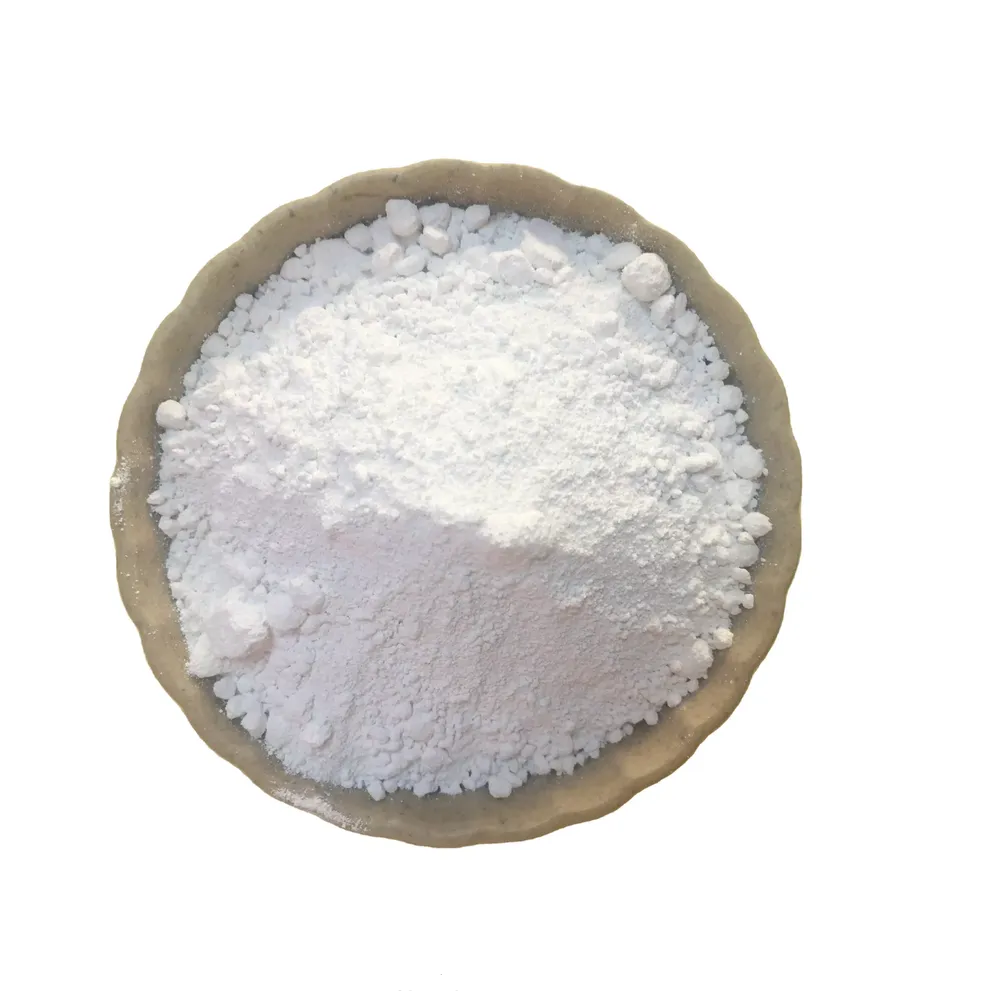
Agosti . 02, 2024 14:46 Back to list
Exploring the Production of Anatase and Rutile Nano-TiO2 for Advanced Applications in Technology
The Production and Applications of Anatase and Rutile Nano-TiO2
Titanium dioxide (TiO2) is one of the most widely used materials, especially in its nano-sized forms. Among the different crystal structures of TiO2, anatase and rutile are the most prominent, each possessing unique properties that make them suitable for various applications. The production of nano-TiO2, particularly in these two forms, has gained significant attention in recent years due to its versatility and effectiveness in numerous fields.
Manufacturing Process
The production of anatase and rutile nano-TiO2 typically involves several methods, including sol-gel synthesis, hydrothermal synthesis, and gas-phase processes. The sol-gel method is popular due to its simplicity and cost-effectiveness. This involves the transition of a solution into a solid gel phase, where titanium alkoxide precursors are hydrolyzed and condensed to create nanoscale TiO2 particles. The conditions such as pH, temperature, and aging time can be precisely controlled, affecting the particle size and morphology.
Hydrothermal synthesis is another efficient technique that enables the production of nano-TiO2 with desired crystallinity and morphology. By conducting the reaction in a high-pressure environment, this method enhances the nucleation and growth of TiO2, facilitating the formation of high-purity nano-anatase or rutile.
Gas-phase processes, including chemical vapor deposition, allow for the production of TiO2 at a molecular level. This technique results in high-purity, high-quality nano-TiO2, although it may be more costly and complex compared to other methods.
Properties of Anatase and Rutile Nano-TiO2
Anatase and rutile differ significantly in their properties, influencing their respective applications. Anatase is characterized by its higher photocatalytic activity due to a stronger electron mobility and a greater ability to generate reactive oxygen species when exposed to UV light. As a result, anatase nano-TiO2 is commonly used in photocatalysis, particularly in environmental remediation and self-cleaning surfaces.
anatase and rutile nano-tio2 factories

Rutile, on the other hand, is known for its superior thermal stability and durability. While it exhibits lower photocatalytic activity than anatase, rutile is still effective and is often favored in applications where strong UV light absorption is necessary. For instance, rutile nano-TiO2 is often used in pigments and coatings due to its excellent UV shielding properties.
Applications
The applications of anatase and rutile nano-TiO2 span numerous industries. In environmental science, anatase is employed in photocatalytic systems to degrade organic pollutants in waste water and to produce hydrogen from water splitting. Its effectiveness under UV light makes it a promising candidate for sustainable energy solutions.
In the cosmetics industry, both forms of nano-TiO2 are used as UV filters in sunscreens, thereby providing protection against harmful sun rays. The transparent nature of these nano-particles allows for effective protection without leaving a white residue on the skin.
In the paint and coatings industry, rutile's excellent opacity and durability make it the preferred choice for formulations that require long-lasting effects. It is also used in plastics, ceramics, and paper to enhance their whiteness and brightness.
Conclusion
The production of anatase and rutile nano-TiO2 has revolutionized various applications across multiple sectors. Their unique properties allow for specialized use in environmental remediation, cosmetics, and industrial applications. As research advances, the potential for further innovations and applications of these nano-materials continues to expand, making them a cornerstone of modern technology and sustainability efforts. The growing investment in nano-TiO2 factories is a testament to the material's significance in addressing the challenges of contemporary life.
-
Titania TiO2 Enhanced with GPT-4 Turbo AI for Peak Efficiency
NewsAug.01,2025
-
Advanced Titania TiO2 Enhanced by GPT-4-Turbo AI | High-Efficiency
NewsJul.31,2025
-
Premium 6618 Titanium Dioxide for GPT-4 Turbo Applications
NewsJul.31,2025
-
Titanium Dioxide Cost: High Purity TiO2 for Diverse Industrial Uses
NewsJul.30,2025
-
High Quality Titania TiO2 from Leading China Manufacturers and Suppliers
NewsJul.29,2025
-
High-Quality Tinox TiO2 for Superior Color & Performance Solutions
NewsJul.29,2025
